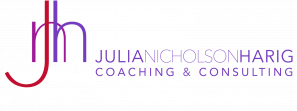Hello Friends!
Hybrid Work. Something we all have learned to live with over the past few years, if we weren’t doing it before. And yet, for so many companies, hybrid work was only a necessary evil – a way for the business to survive during the pandemic, not necessarily the future of work.
However, hybrid work and virtual work are the future of work. We can’t go back to the way things used to be. Why would we even want to?? According to a survey from listening leader Perceptyx:
“Hybrid employees – who work at both in-person and remote workplaces – report greater improvements in work-life balance and mental health, more time for exercise, and a greater intention to stay at their current company than their peers working full time at home or at a physical office.”
Isn’t that what everyone wants? Employers and employees alike?
Unfortunately, the factors that influence work location decisions are often not those factors listed above. A lot of employers want their workers back in the office, for reasons they may or may not have thought through, researched, and communicated.
What’s happening at your place of work? And how were those decisions made?
IS REMOTE WORK LESS THAN?
Elon Musk is nothing if not controversial. His recent statement that “Anyone who wishes to do remote work must be in the office for a minimum, and I mean, minimum of 40 hours per week or depart Tesla” was quite polarizing, to put it mildly!
I really enjoyed this Lead to Win podcast that debated the pros and cons of in-person, remote, and hybrid work. It really laid out the arguments well, and I was left with the impression that there is no one-size-fits-all answer, but that the “right” way is one that is designed to maximize productivity, employee wellbeing, and the bottom line. In short, the right way is the way each company designs to fit them best.
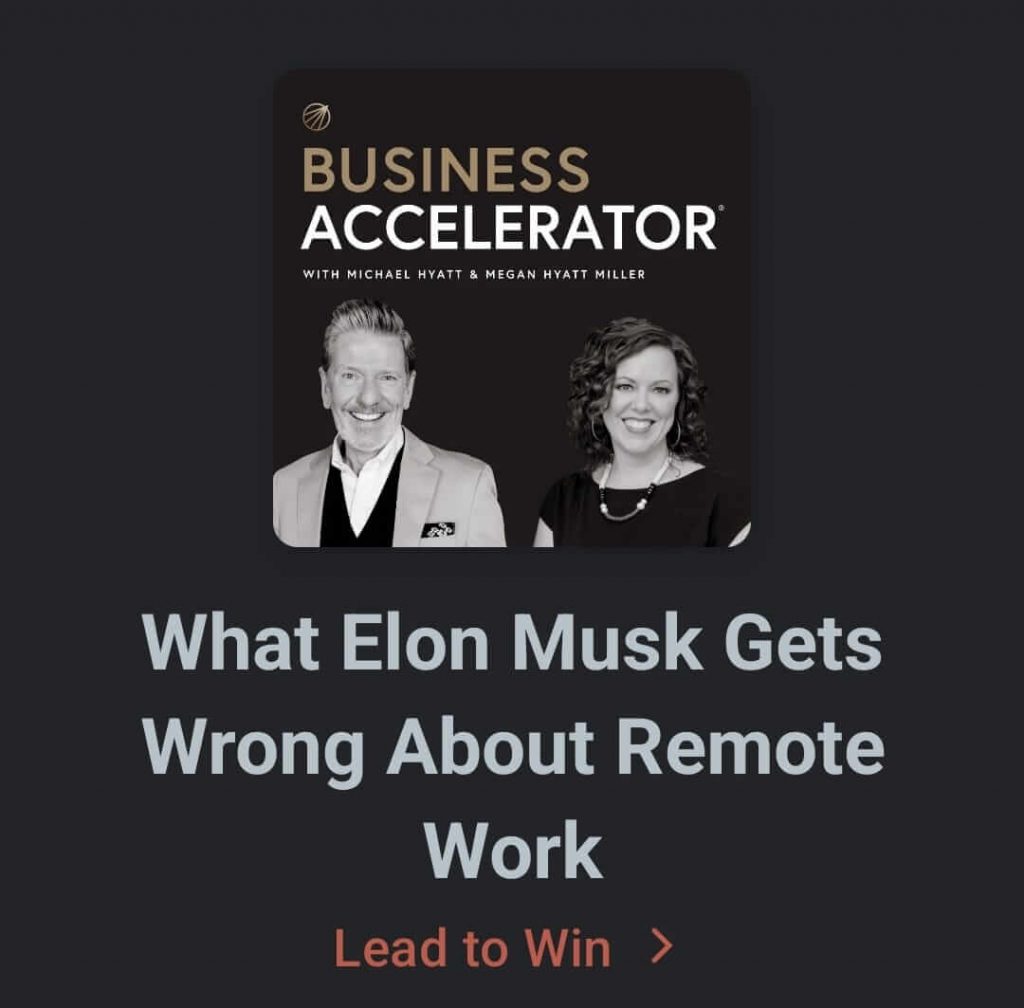
INDUSTRY STANDARD…
Hybrid work is new. For most companies, it is brand new. And that can be such a benefit! There is no “industry standard” on the best way to create a hybrid model. Which means we can create our own best practices! As mentioned above, the “right way” is the way each company designs to fit them best. With a bit of thought, research, and experimentation, we can create what works best for us. What a concept!!
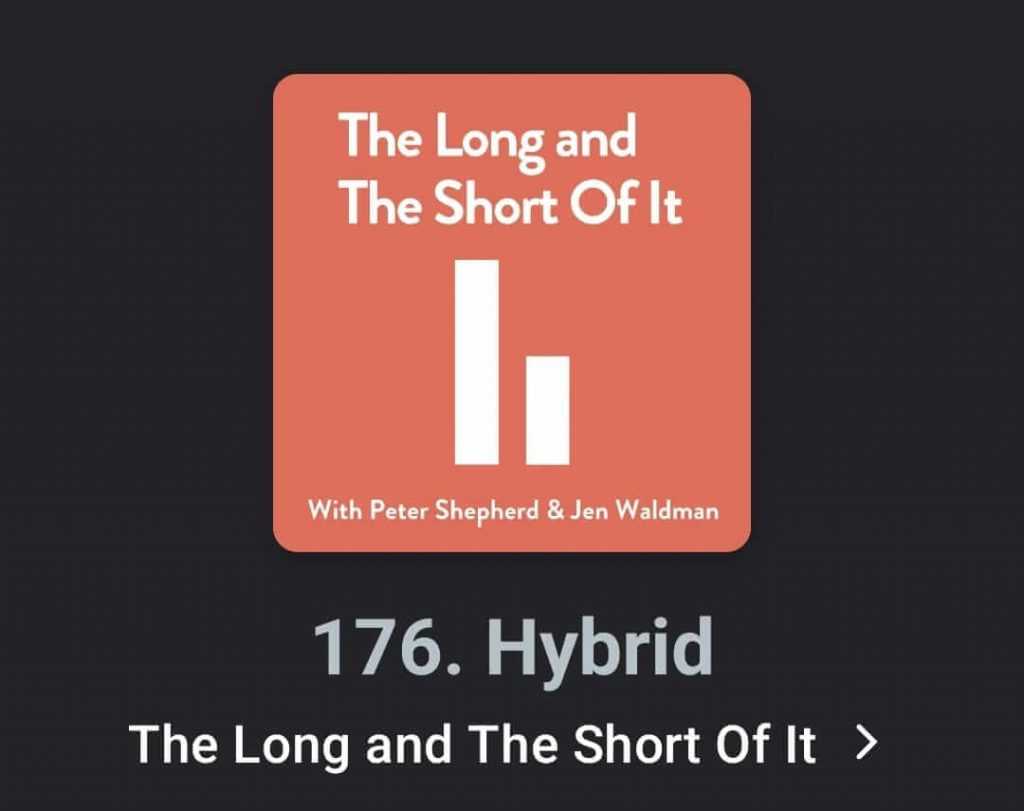
A/B TESTING…
Adam Grant did an episode of his Work Life podcast on hybrid work: The Dos and Don’ts of Returning to the Office. What he said about A/B testing really jumped out at me:
“I work with so many leaders who are heavy on opinion, but light on data. And they’re rushing in to make commitments about what the next year or two or five are going to look like without having any clue. How do people feel about hybrid? What’s going to work for them? And I think what you’re calling on us to do is to think more like scientists and say before making a premature commitment, run a series of experiments and then track the effects and learn. You would never launch a product without A/B testing it. Why are you rolling out an office plan and a structure and a culture to hopefully work for people without doing that same disciplined A/B testing?”
You would never launch a product without AB testing so why launch a new business model without testing? (Not so coincidentally, this was also the suggestion in the Lead to Win podcast referenced above.) Seems like this is something that not enough companies are making a reality.
As interviewee Tsedal Neeley said “the office should no longer be a destination. It should be a tool.” [emphasis mine].
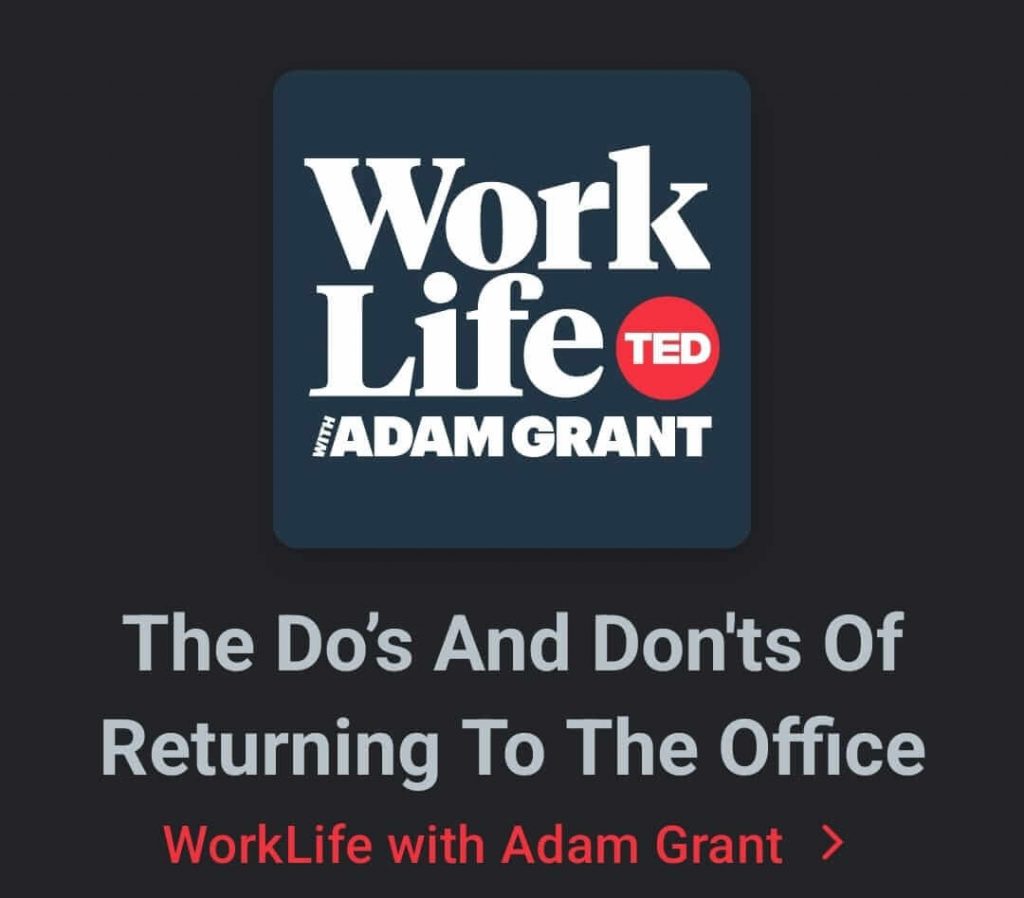
THE OVERVIEW – FROM THE EXPERTS…
In the last newsletter, I recommended Brené Brown’s Dare to Lead podcast episode where she chatted with both Adam Grant and Simon Sinek. It was such a fantastic interview that she divided it into two parts. Which means I can recommend What’s Happening at Work: Part 2 in this newsletter! 😀
There was so much gold on how we interact, hybrid work, why people quiet quit, what boundaries are, how to not only have boundaries but also establish what we will do and not just what we won’t.
But my absolute favourite was “should’ve said”. Giving feedback in the form of “should’ve said” – as in “it would have been better if you had said that differently.” I loved this idea. Giving people the chance to have a “do-over” without the cringe of criticism. Just two words. Should’ve said. How brilliant is that?
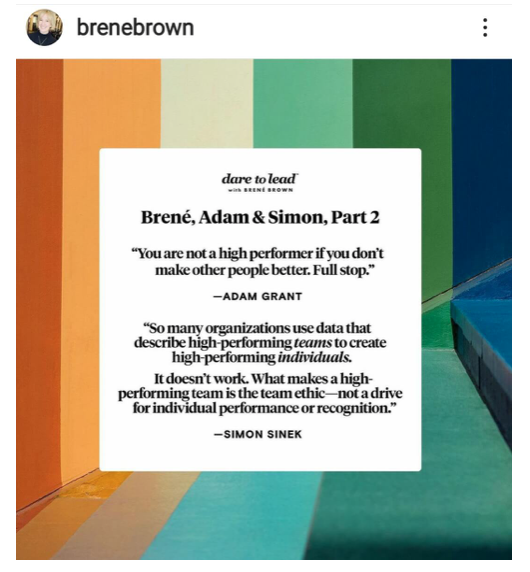
WHAT I’M READING…
Last year at this time, I recommended The Man who Died Twice by Richard Osman, the second volume of The Thursday Murder Club. It was such a fun read: great characters, compelling story, laugh-out-loud dialogue.
So I was thrilled when I saw that Osman’s third book in the series, The Bullet that Missed, had just come out! And fortunately, I was in Scotland at the beginning of the month, and able to get a copy. As with the previous two books, I devoured it. Such a fun read!! If you’re looking for some light comedy paired with the suspense of a whodunnit, this is the book for you. A real beach read escape!!
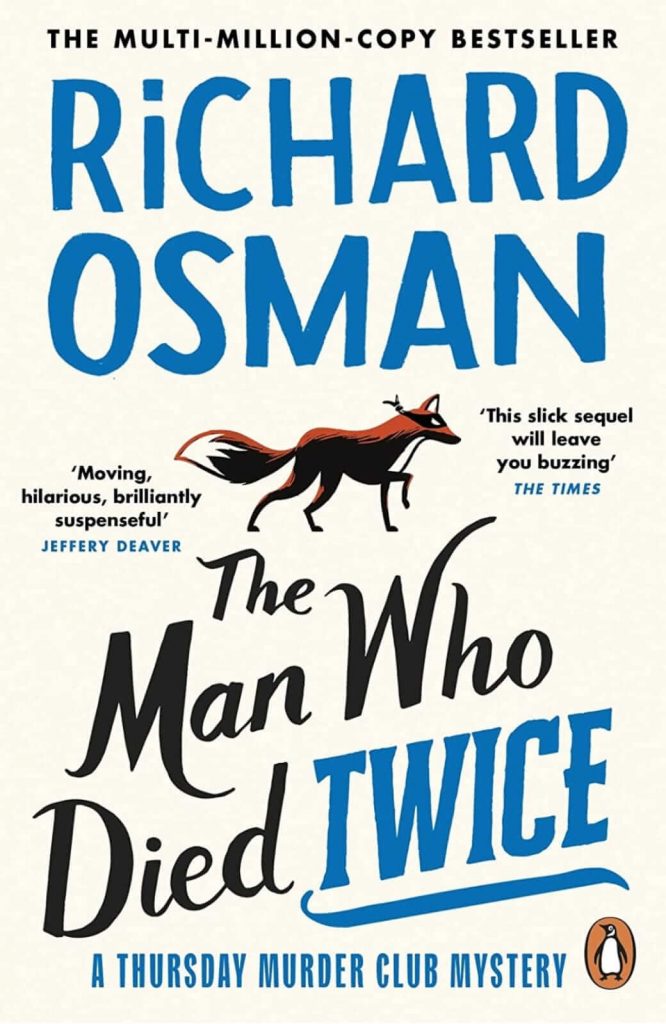
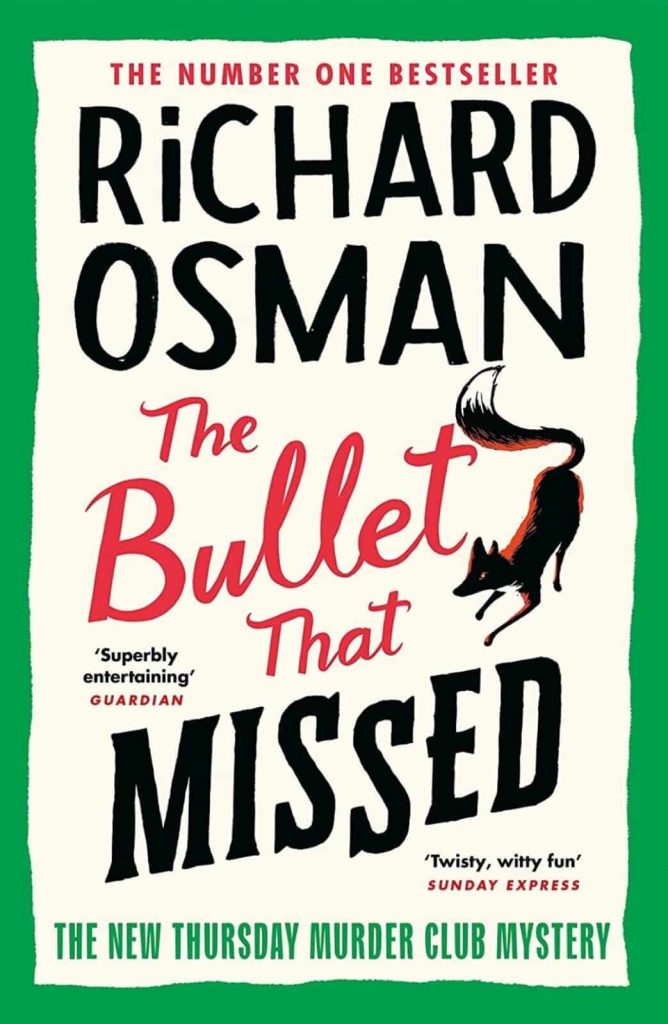
Speaking of beach reads, this week is the Bavarian autumn half-term holidays and I’m taking a few days off! We’re heading to Austria for the end of the hiking season and plan on doing some short day hikes as well as a lot of rest & relaxation. 😁
The topic of rest & relaxation – aka Wellness – keeps coming up in my life these days. It’s a topic I confess to talking a lot about with clients, but recently falling very behind on with implementing in my own life. It might be time to revisit the wellness topic in a newsletter, and then hold myself accountable to actually leading by example in that arena. What do you think? Would Wellness be a topic of interest to you?
In any case, I hope you have a wonderful week!
And inspired by a wonderful client in a coaching conversation we had last week, I’m introducing a new sign-off:
Be emotional. Stay healthy.
Hugs,


